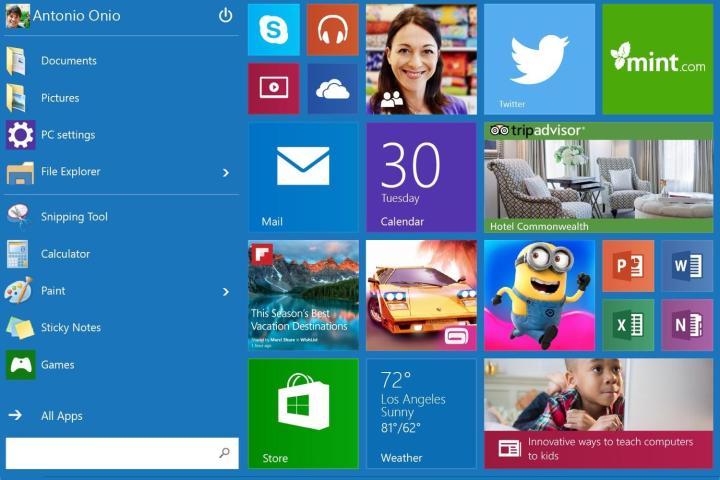
To put it simply, Microsoft is erring on the side of caution. Instead of rapidly pushing out updates that may feature more bugs and issues, the team is choosing to publicly push updates that it feels are more stable. However, Microsoft’s Gabe Aul does admit that it has “been too conservative about pushing builds to the Fast ring for Windows Insiders.”
The Fast ring is meant for users who prefer more frequent updates, even though those updates might be a little less stable. However, Aul suggests that the distinction between fast and slow isn’t enough, with the update frequency barely varying between the two.
On the topic of why Microsoft hasn’t been consistently announcing dates for new builds, Aul said, “If we announce a date, we’ll want to have a very high confidence of hitting it.” Essentially, it doesn’t want to disappoint users by promising a date and not delivering. Of course, remaining silent on updates is disappointing in and of itself, which puts Microsoft in a tough spot.
Going forward, though, the team is discussing possible changes on the frequency of updates for Windows Insiders. Aul also claims that Microsoft is planning to push another update to Windows 10 Technical Preview owners late this week or early next week. He also says that there could be multiple updates in March, but if the aforementioned pace is any indication, it’s possible that neither of those things take place.
Editors' Recommendations
- Windows 11 tips and tricks: 8 hidden settings you need to try
- Microsoft announces a new threat to push people to Windows 11
- Windows 11 vs. Windows 10: finally time to upgrade?
- I needed to buy a new MacBook. Here’s why I bought a power bank instead
- A new Windows 11 hardware system requirement may be incoming


